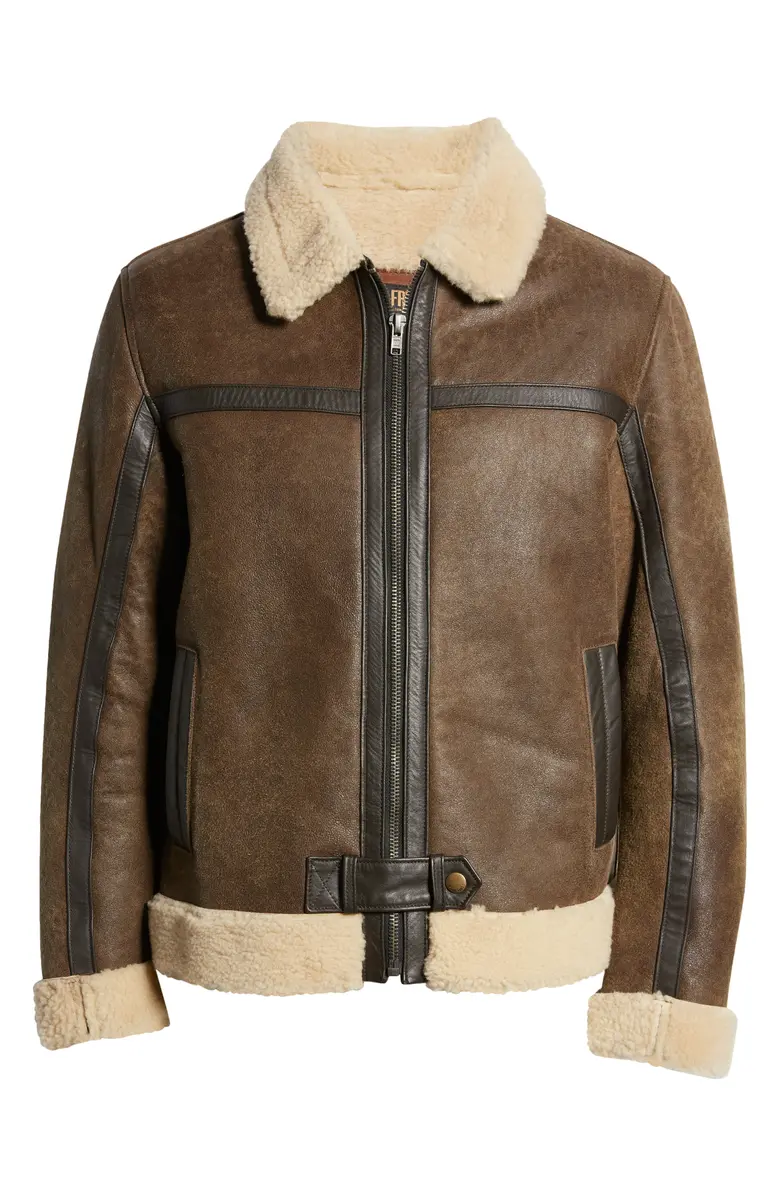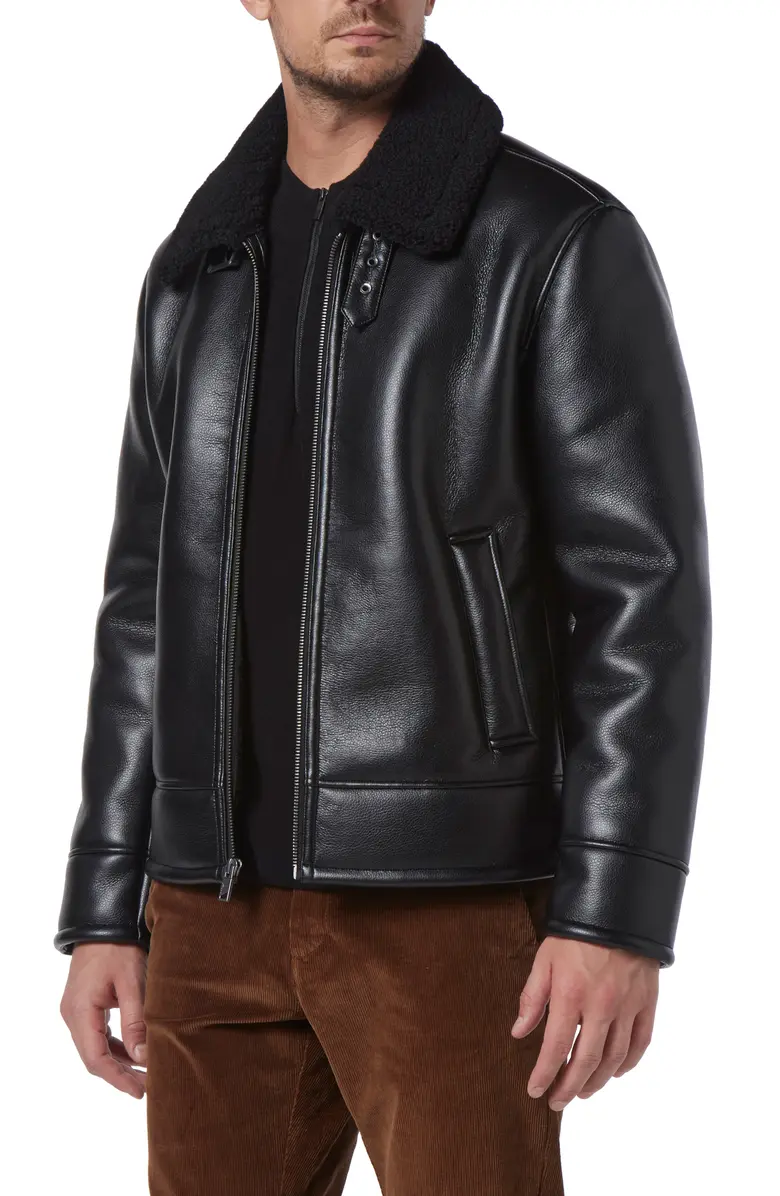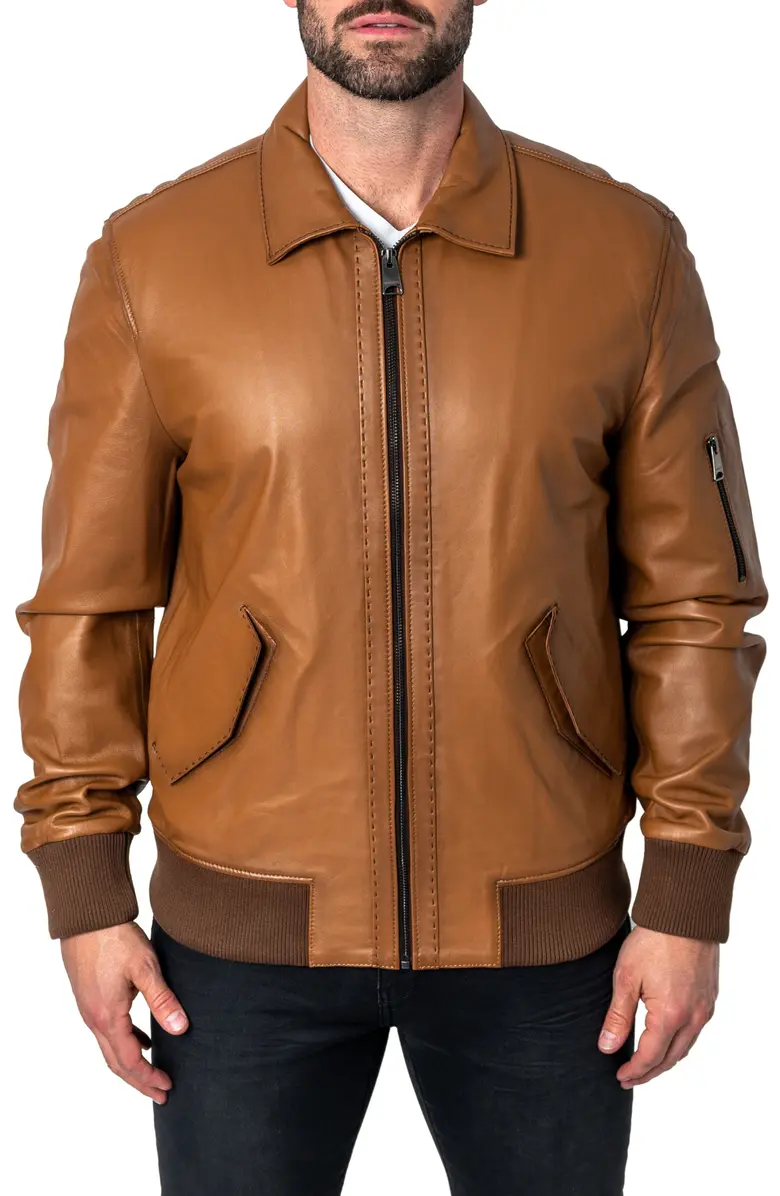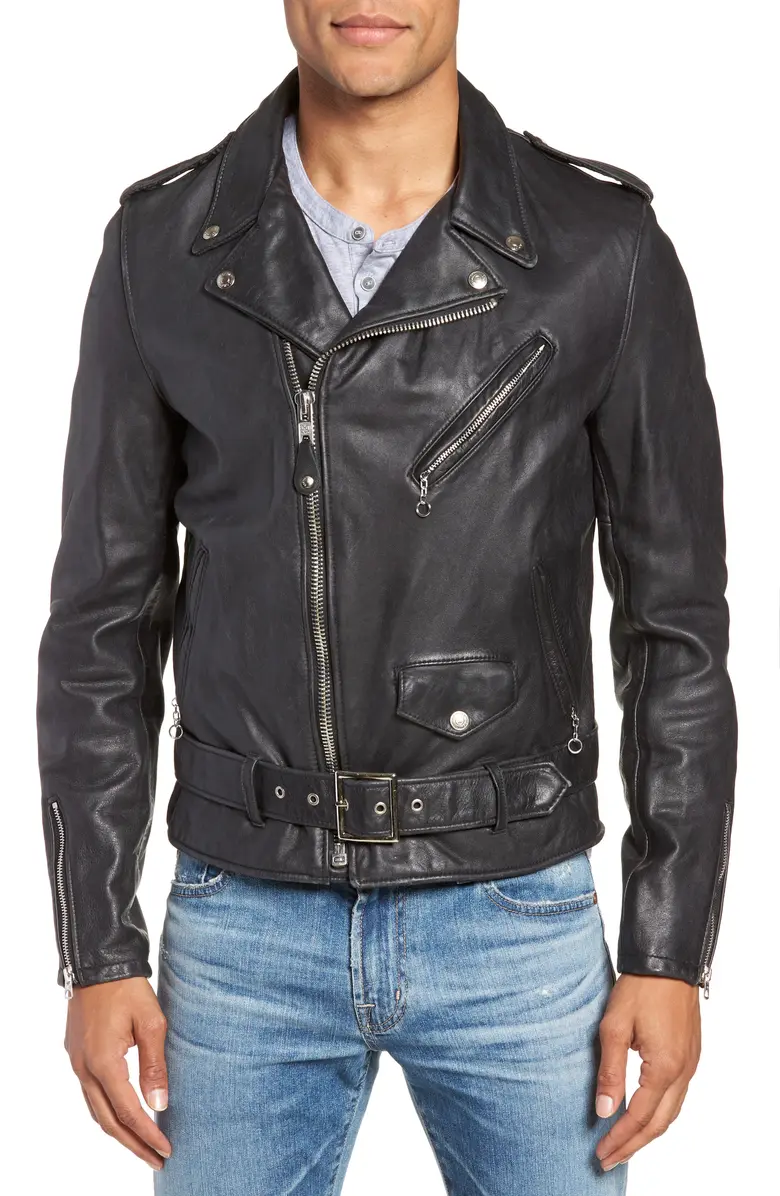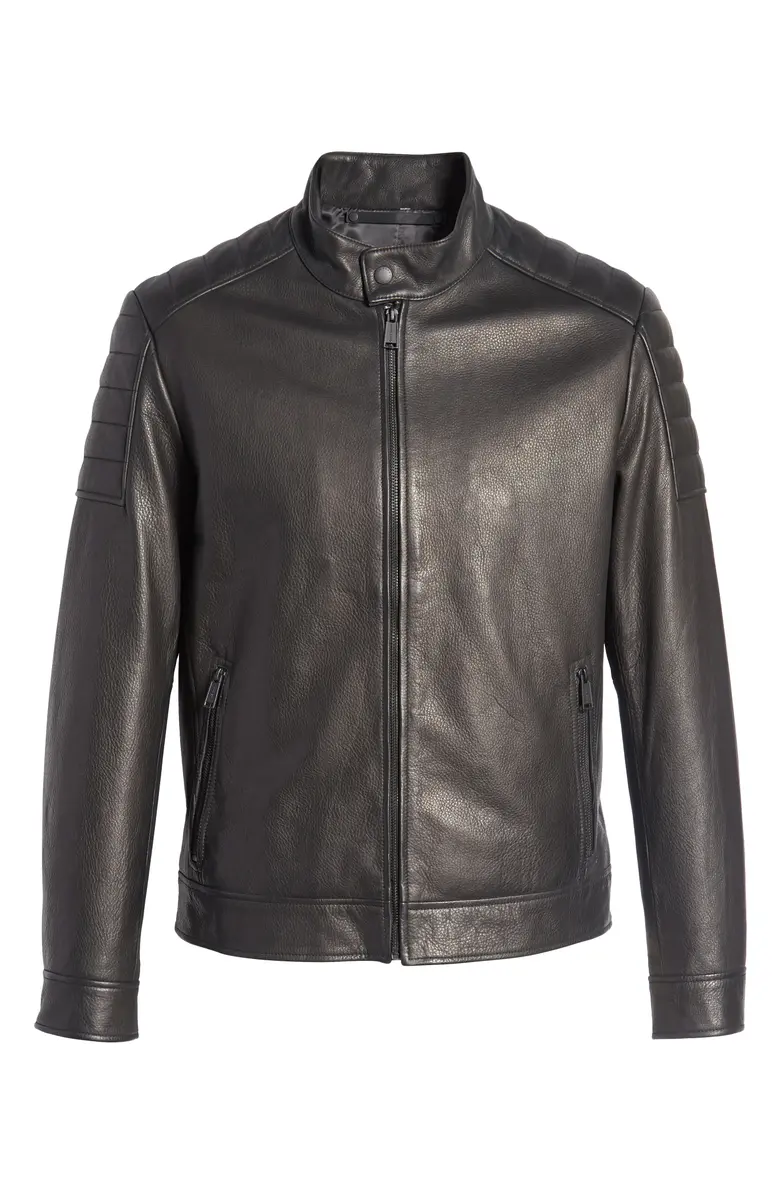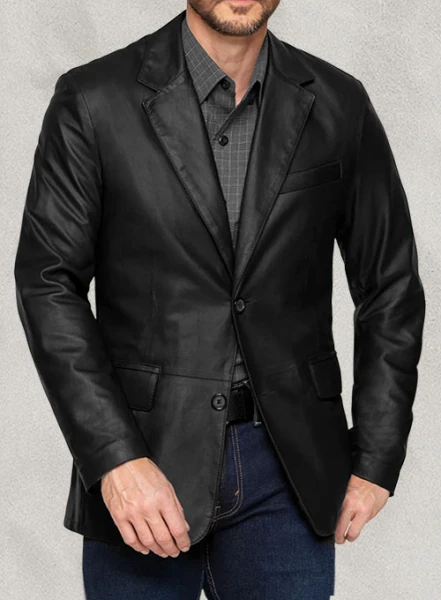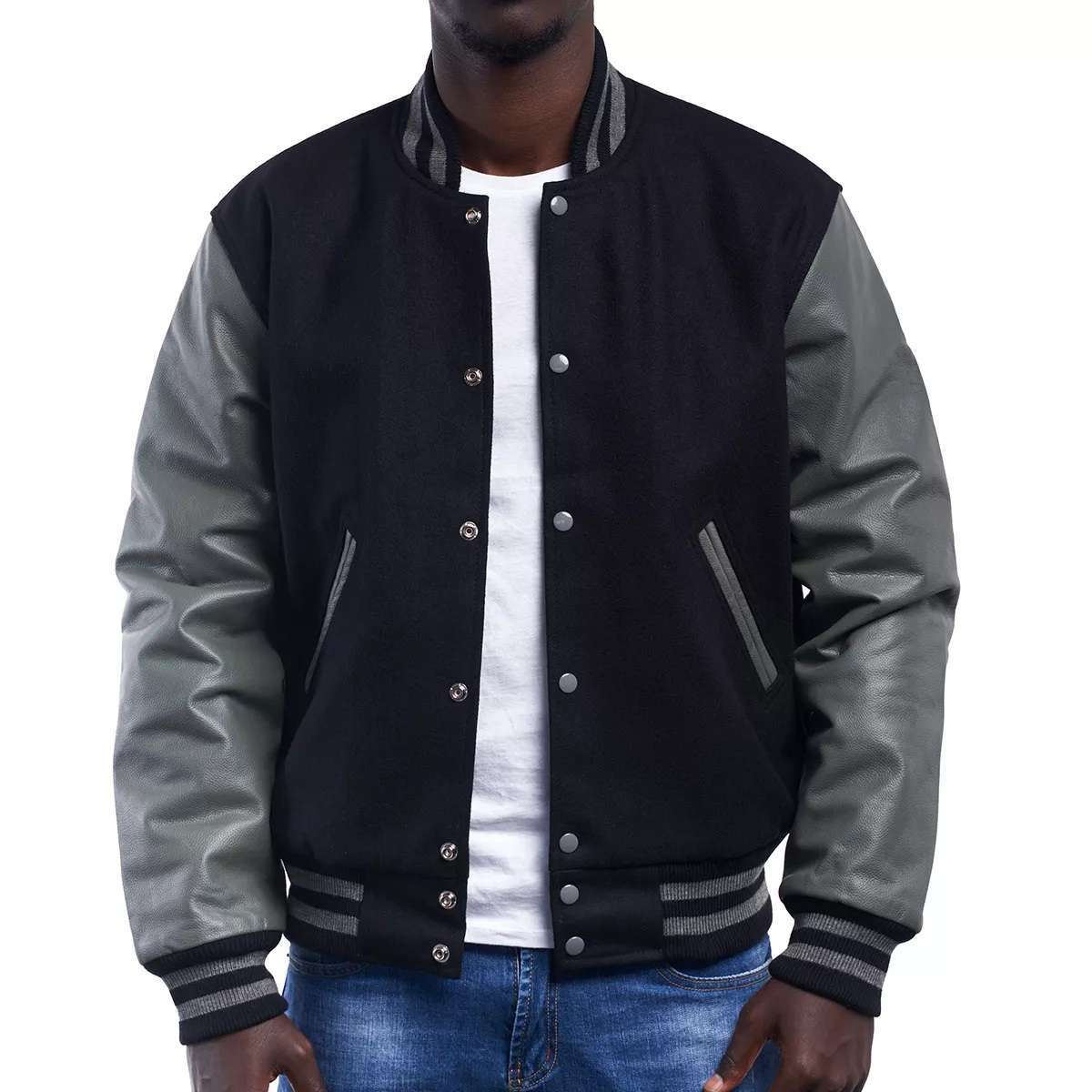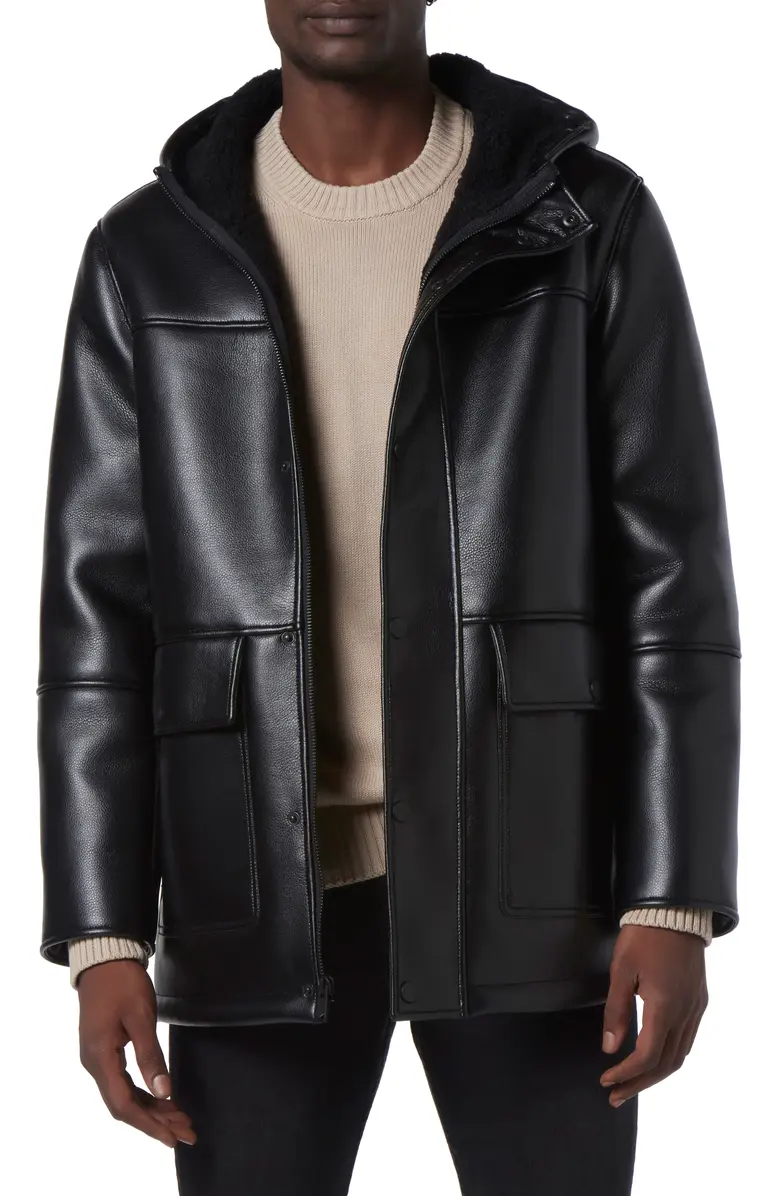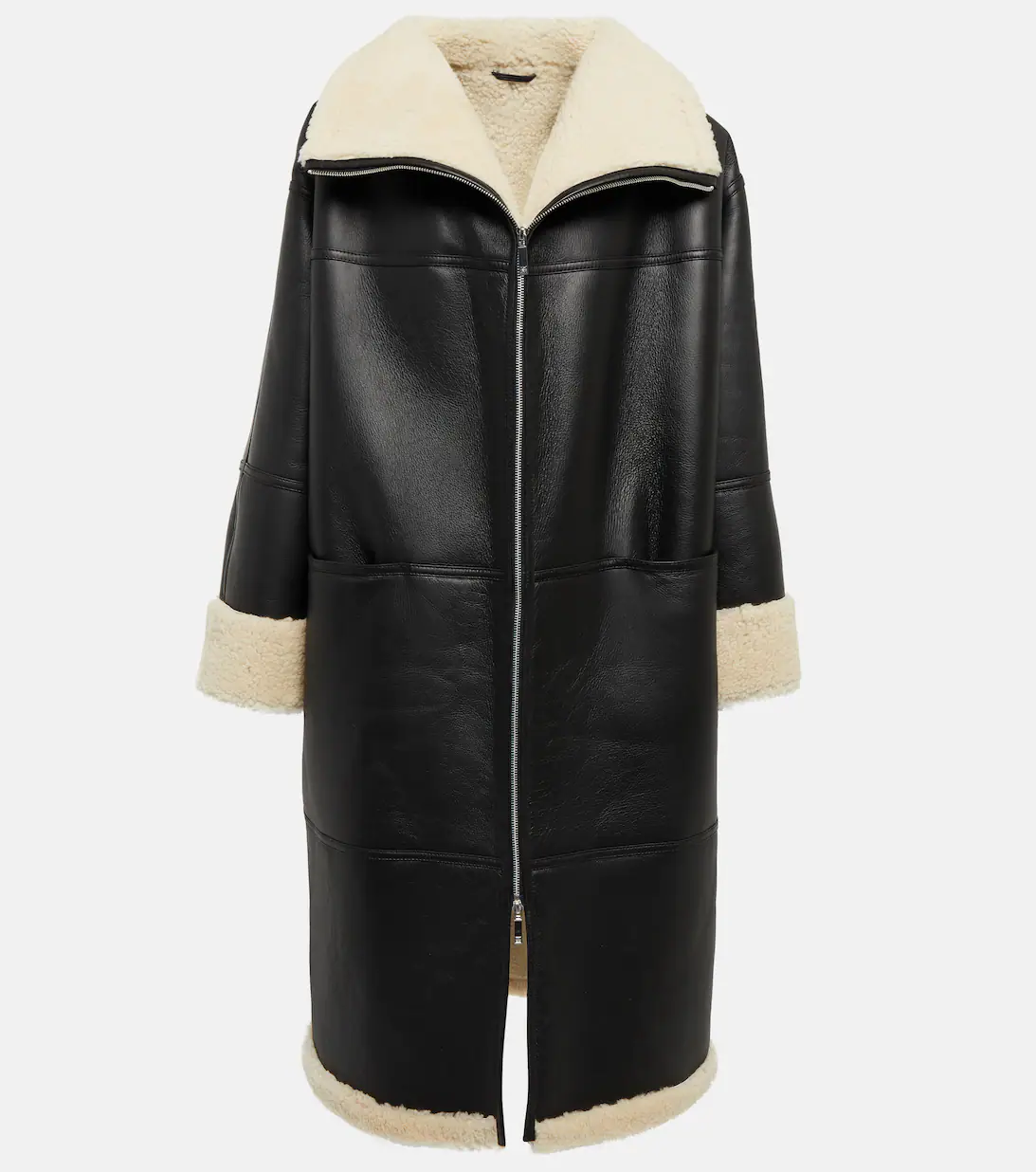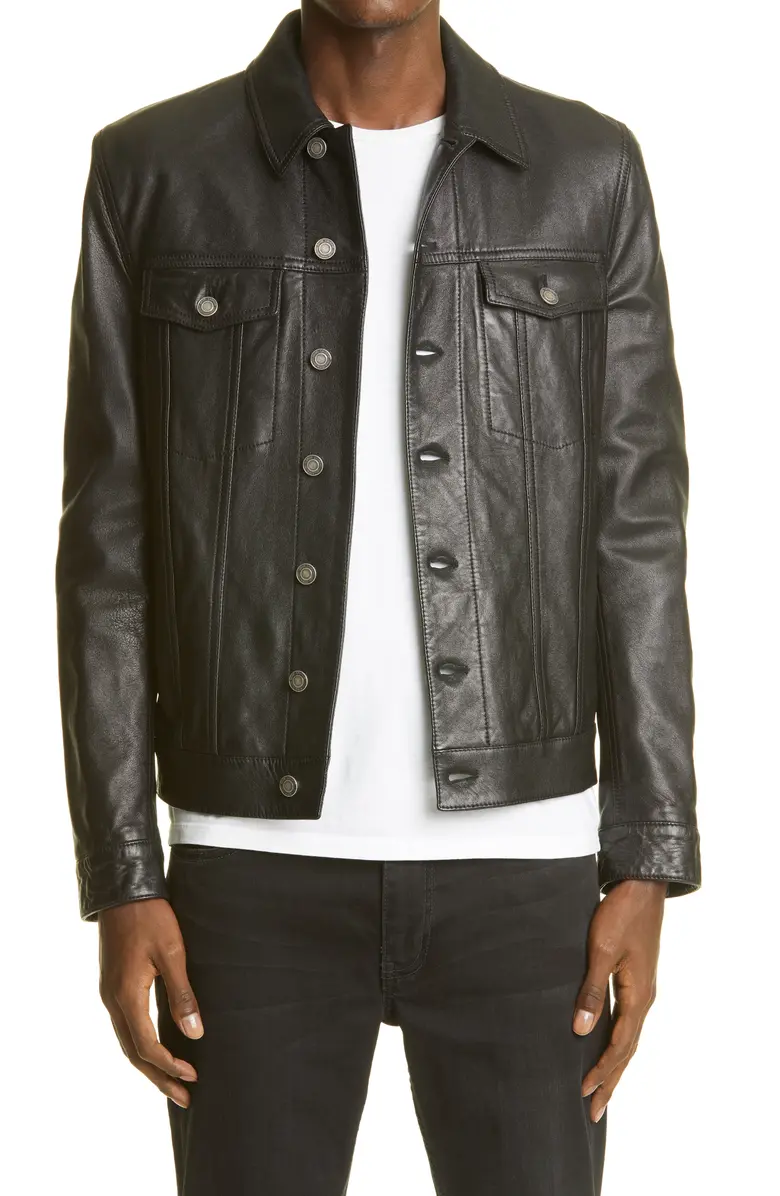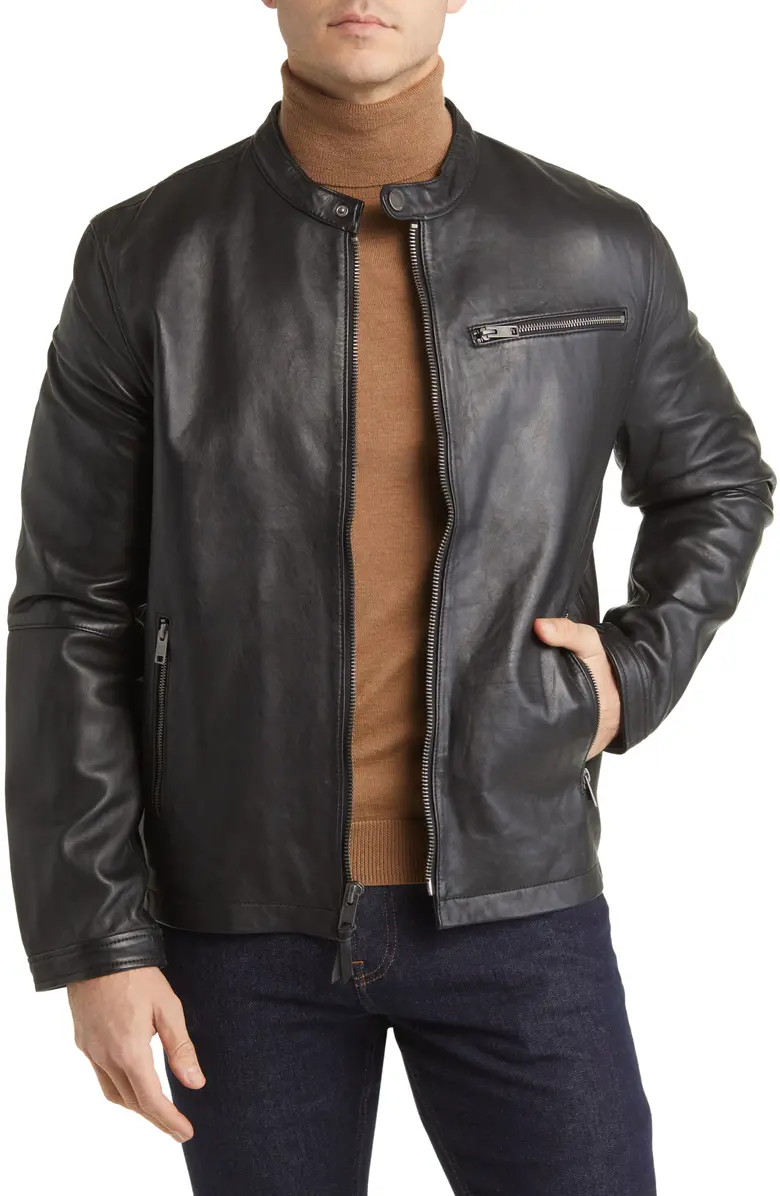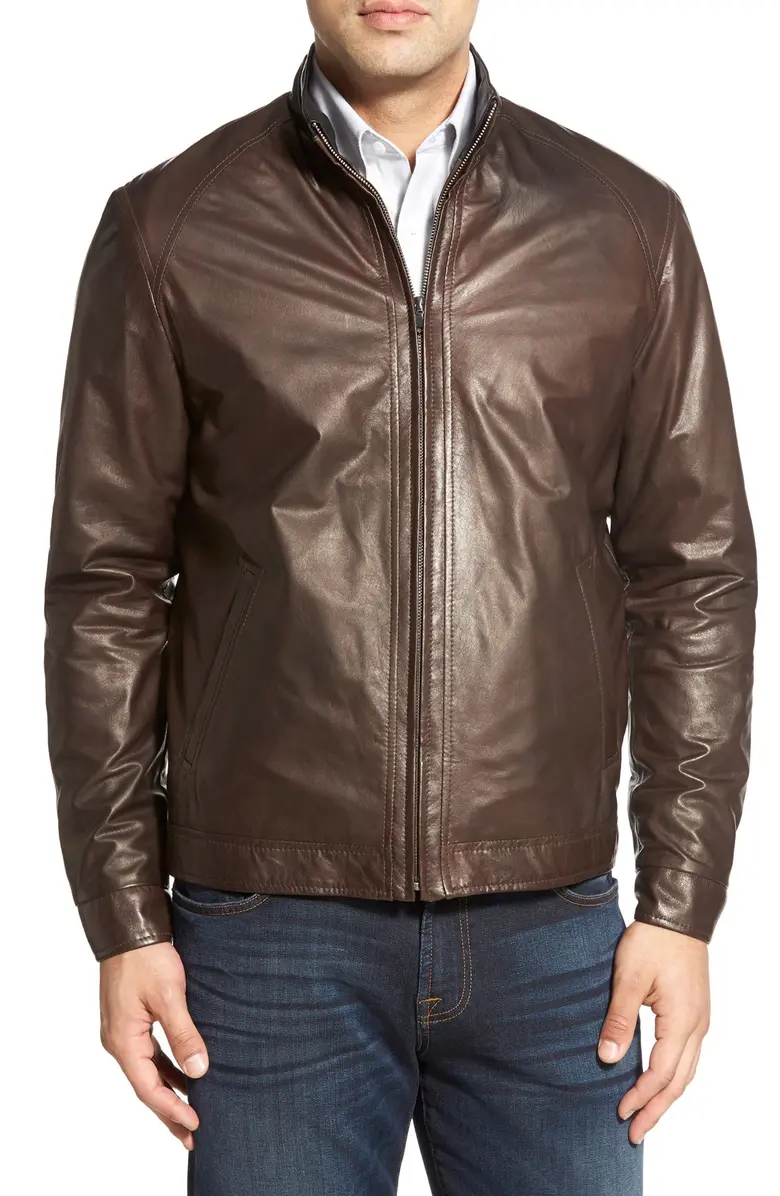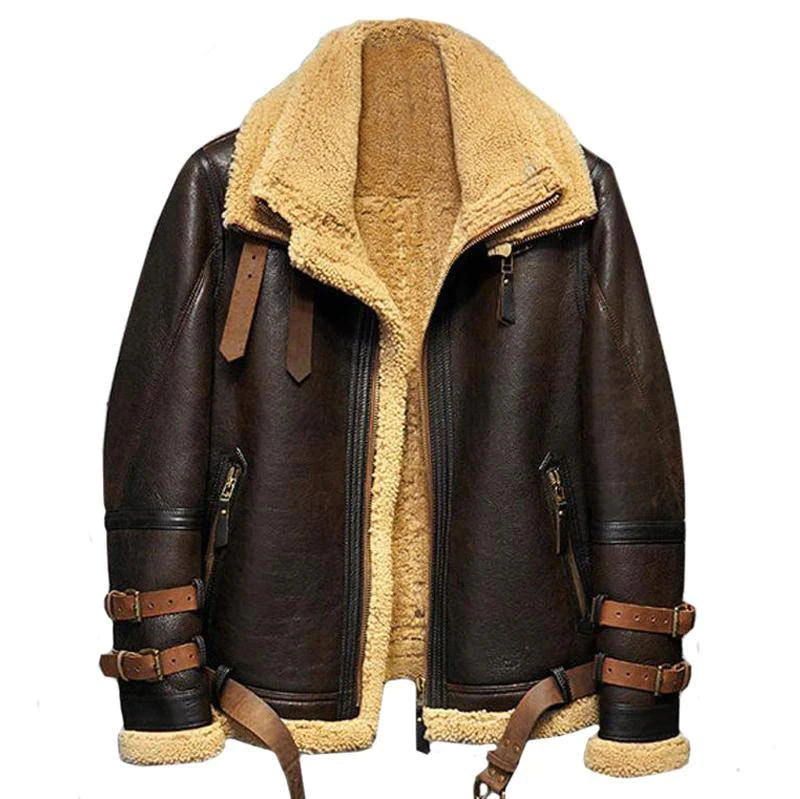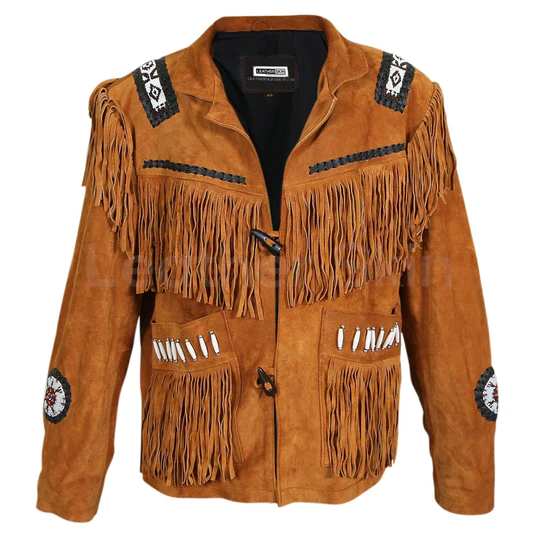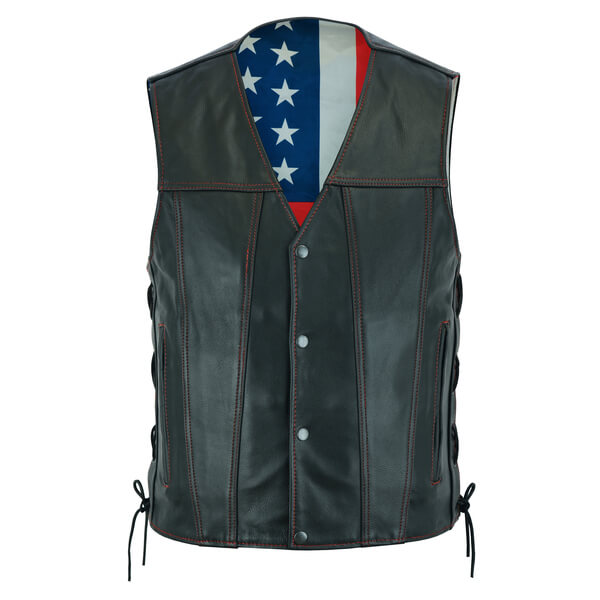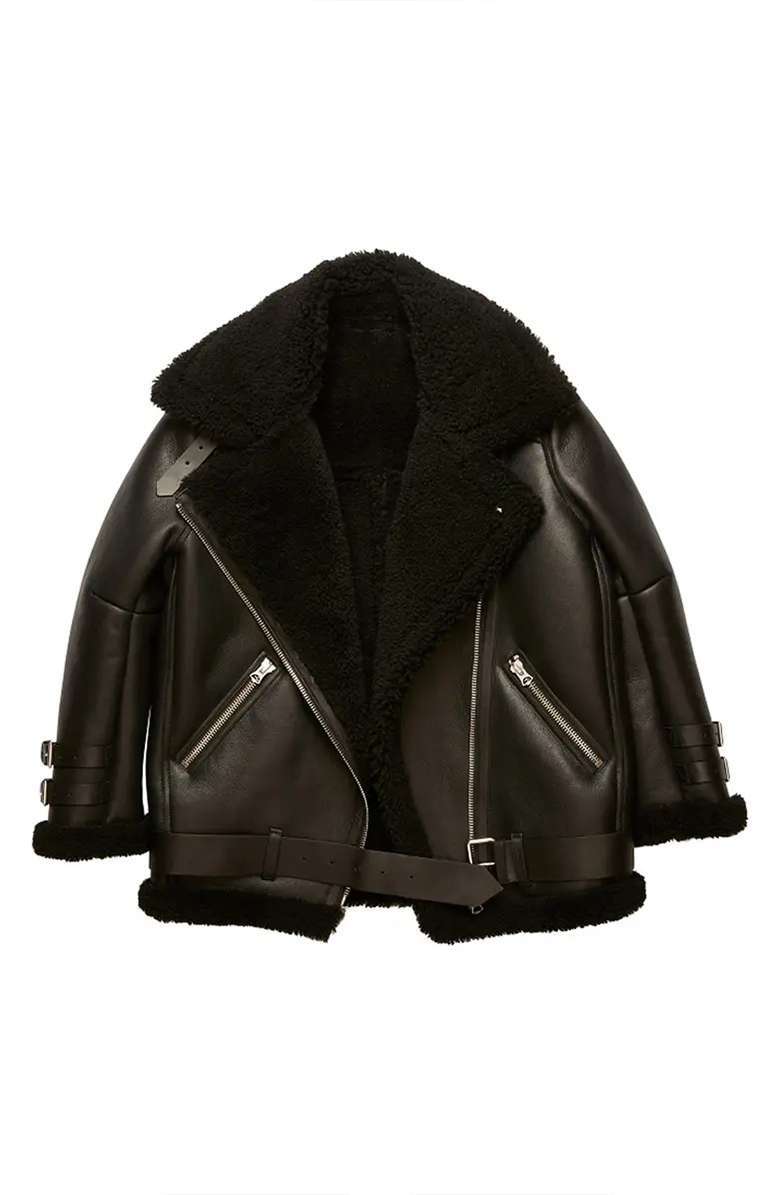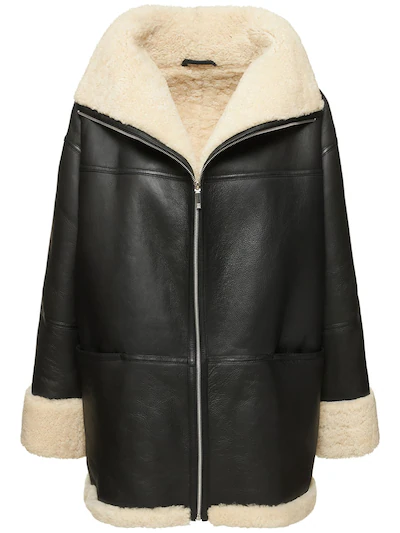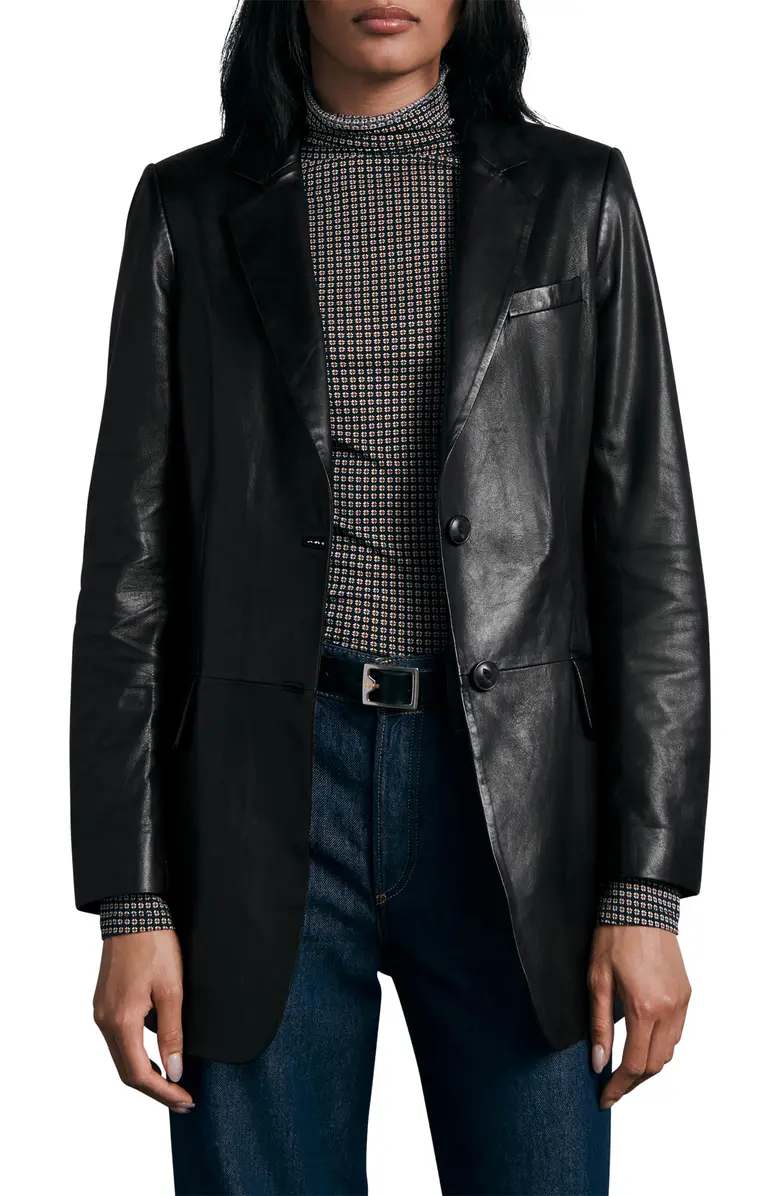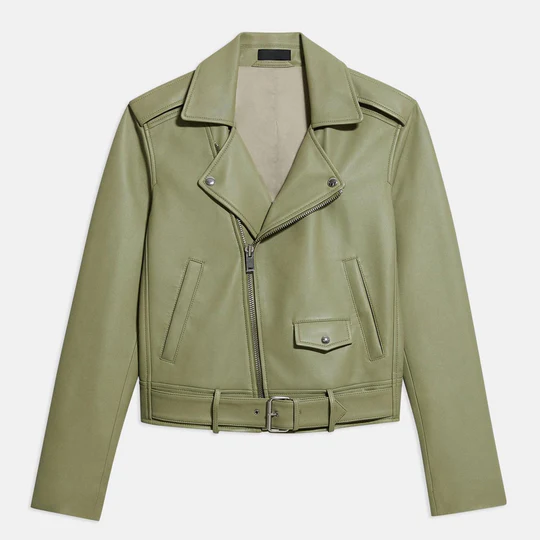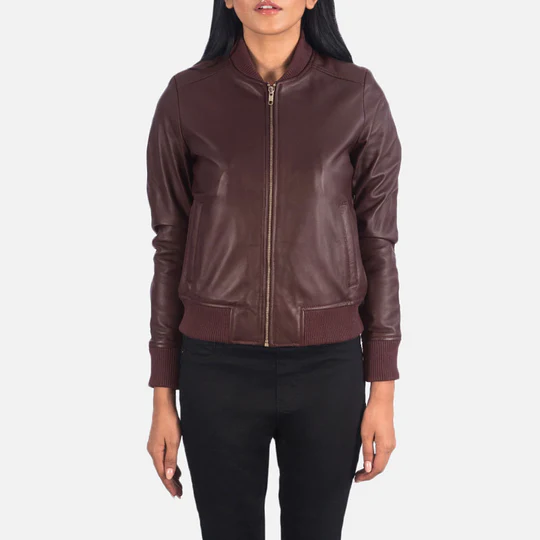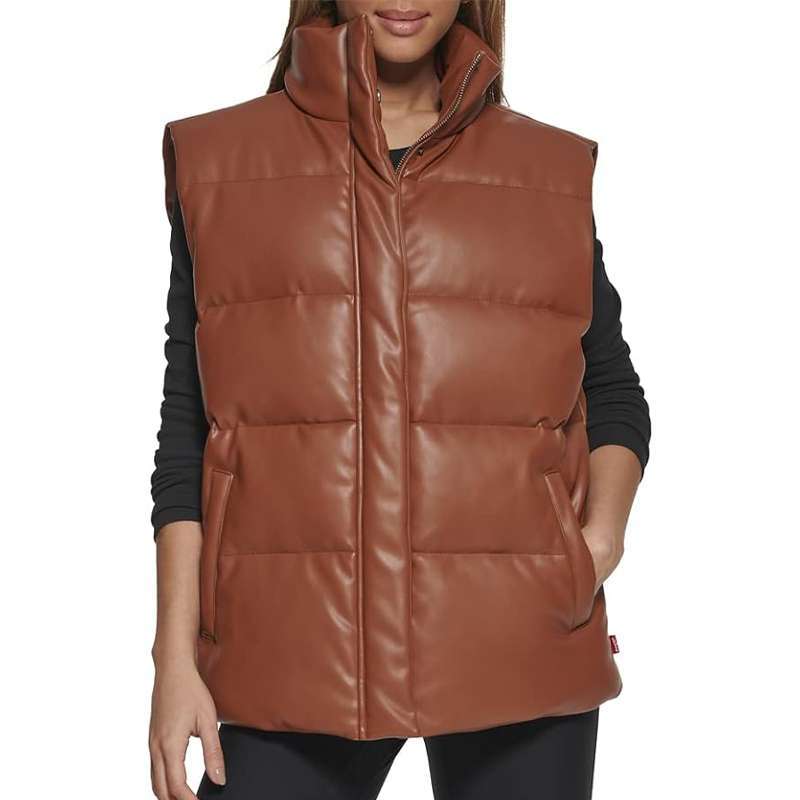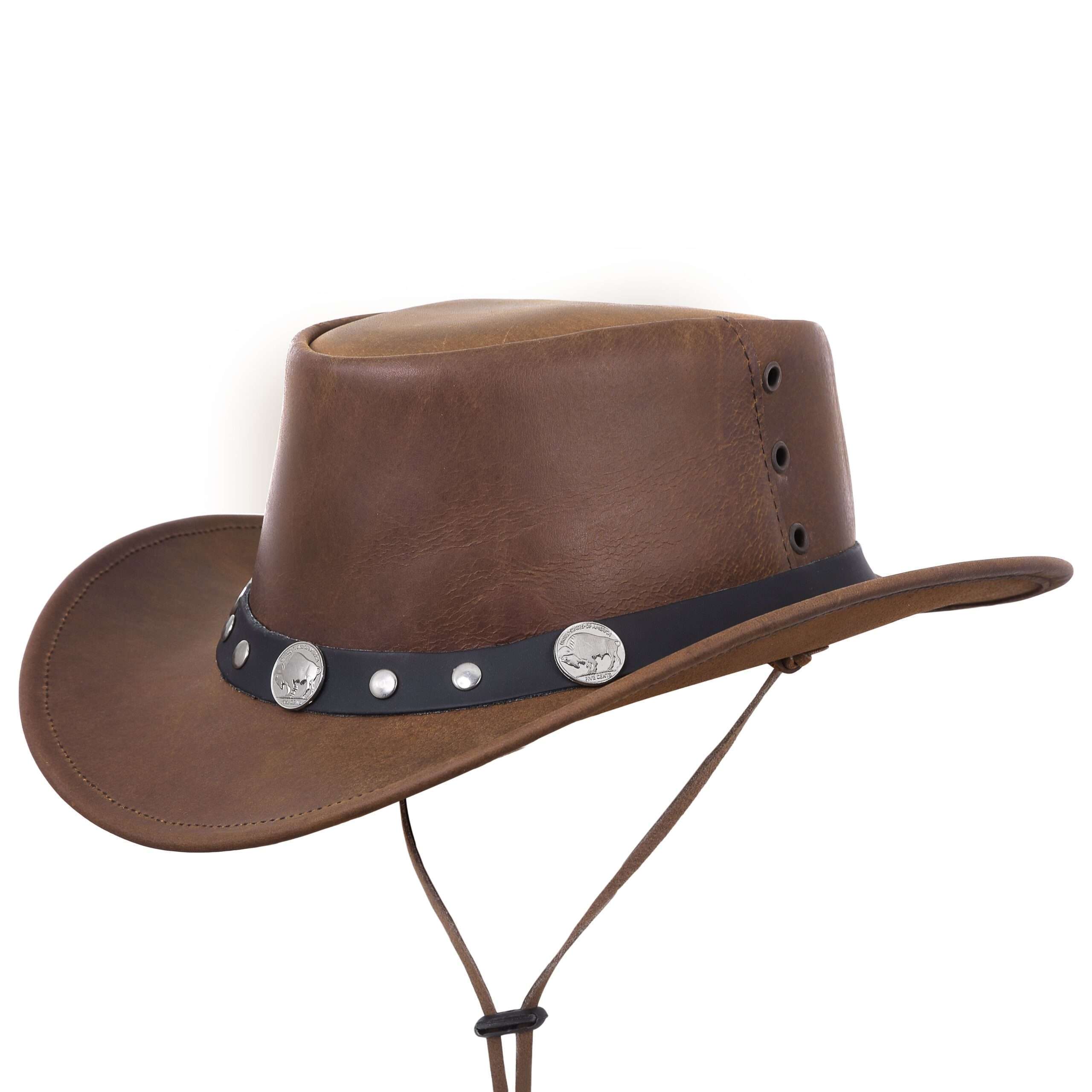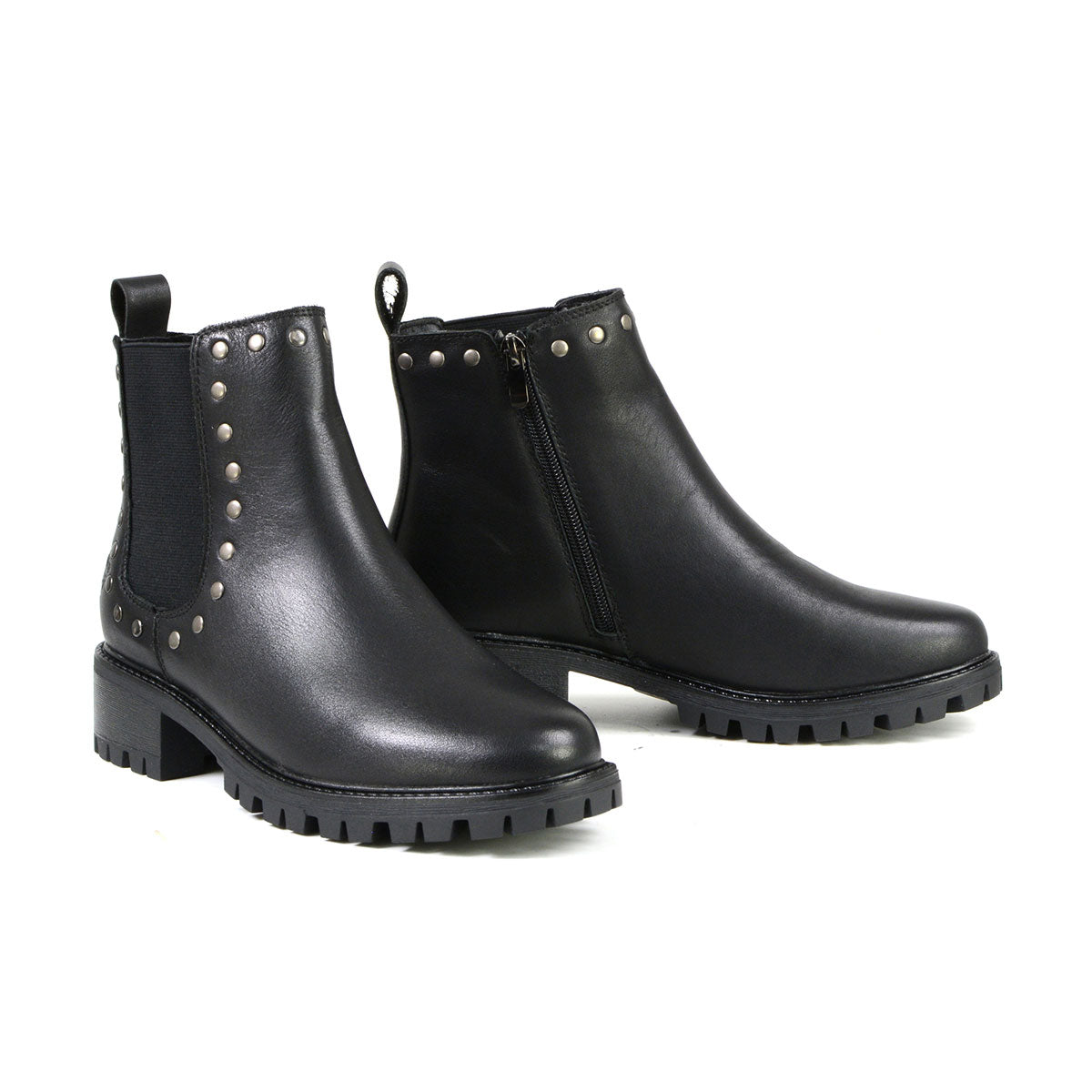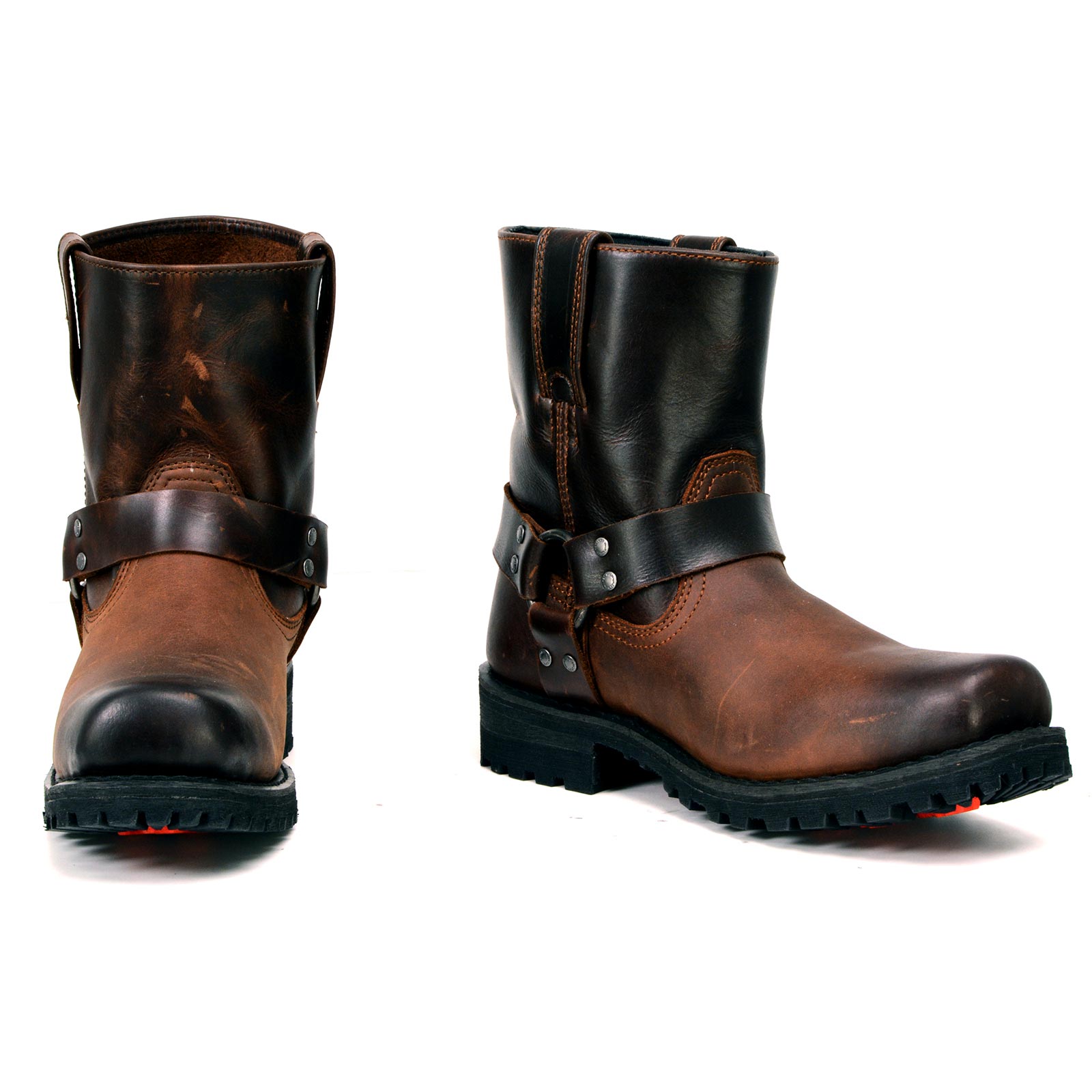When we conjure up images of cowboys, our minds often drift to the rugged, resilient figures of the Wild West, donned in boots, spurs, and, of course, the iconic wide-brimmed hats. These hats, in particular, have come to symbolize the essence of cowboy culture and mystique. But a question that often arises among enthusiasts and historians alike is whether cowboys actually wore leather hats. In this article, we will delve deep into the world of cowboy attire, exploring the history, practicality, and significance of these hats in Western culture.
The Origins & Evolution of Cowboy Headwear
Cowboy hats, with their distinctive wide brims and high crowns, have a rich and storied history deeply rooted in the American West. The evolution of these iconic hats is a fascinating journey that begins with their origins.
The concept of wide-brimmed hats in the West can be traced back to the early 1600s when Spanish explorers and settlers arrived in North America. They brought with them a style of hat known as the “sombrero,” which featured a wide brim designed to protect wearers from the intense sun. This early influence laid the foundation for what would eventually become the cowboy hat.
As European settlers and pioneers moved westward, they adapted their headwear to suit the demands of life on the frontier. These early hats, often made from materials like beaver fur and rabbit felt, provided both shade and warmth, making them essential for cowhands working long hours in the rugged terrain of the West.
Over time, these hats evolved to suit the unique needs of the American West. The wide brim provided shade, shielding cowboys from the scorching sun, while the tall crown allowed for ventilation, keeping their heads cool during the hottest days on the range. Leather, being a durable material, was naturally one of the options considered for crafting these hats.
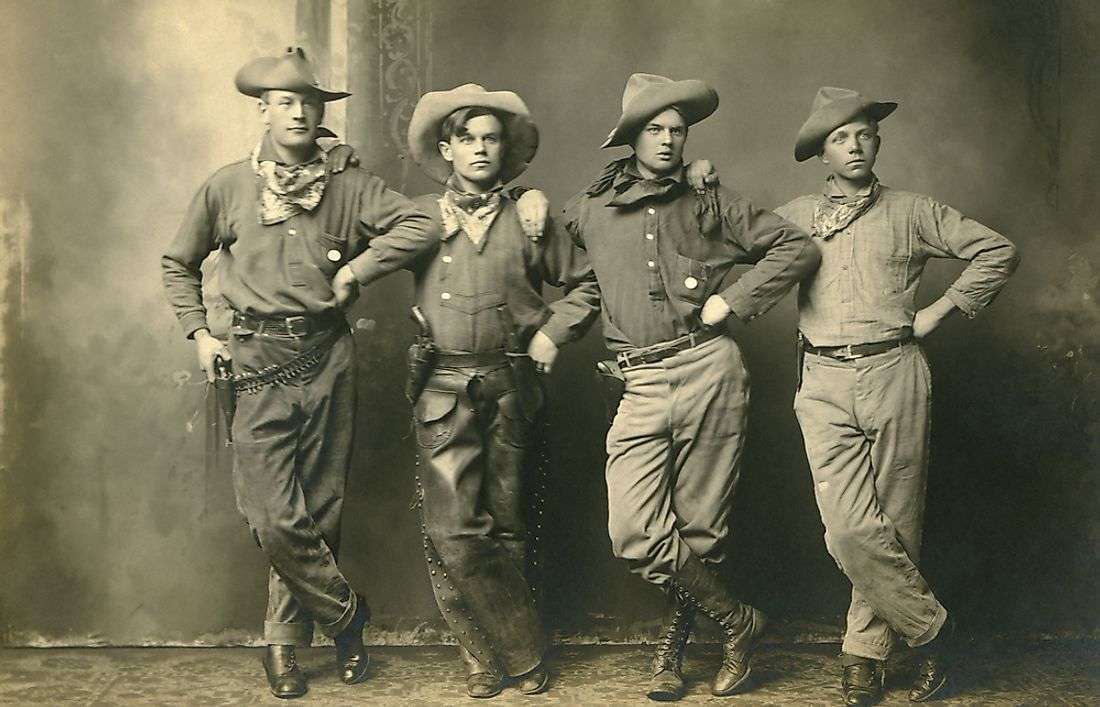
The Leather Hat: A Symbol of Identity
The leather cowboy hat, with its timeless design and rugged appearance, goes far beyond being a simple accessory. It is a symbol of individualism and personal expression for those who don it. In this section, we’ll explore how personalized hat styles have made the leather hat an iconic emblem of personal identity.
- Customization: Leather hats offer a canvas for personalization. Cowboy hat wearers have the liberty to choose from various styles, including the creased crown, pinch front, or the open crown, allowing them to tailor their hat to their unique preferences.
- Hatbands and Accessories: Cowboy hats are often adorned with distinctive hatbands, feathers, and other accessories. These embellishments can convey a wearer’s personality, interests, and affiliations, turning each hat into a one-of-a-kind piece.
- Weathered Appearance: Leather hats have a natural ability to develop a weathered and aged appearance over time. This patina tells a story, reflecting the wearer’s experiences and adventures, making each hat a reflection of their journey.
The leather hat is more than just an accessory; it is a symbol of identity, personalization, and a connection to the enduring spirit of the American West. It serves as a unifying force within the cowboy community and dispels stereotypes by showcasing the diverse and dynamic nature of cowboy culture.
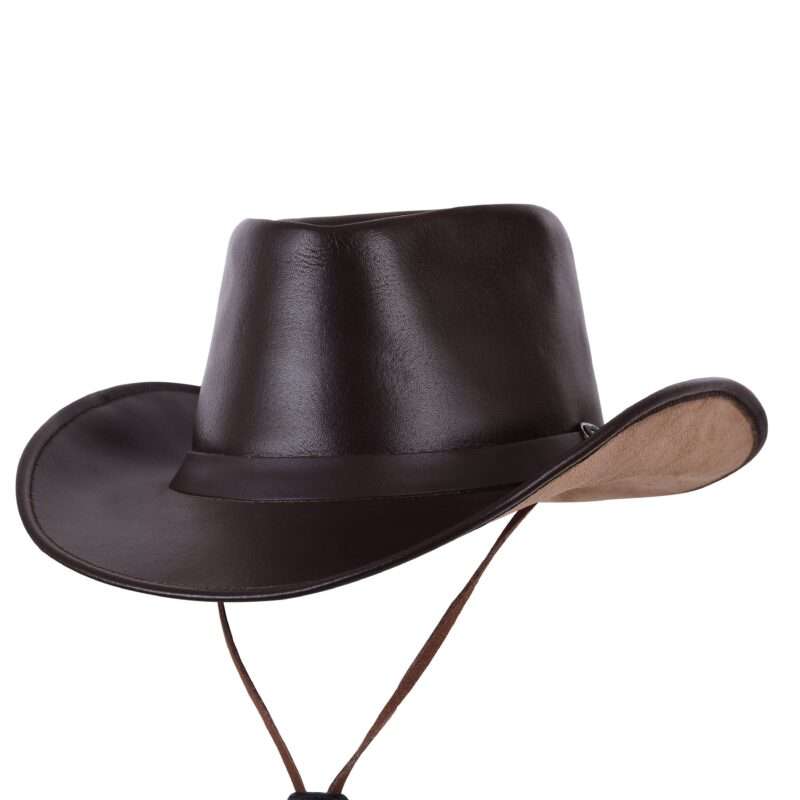
Western Brown Leather Cowboy Hat | Leather Outback Hat
Leather Cowboy Hats: A Sturdy Option
As we step closer to unraveling the leather hat mystery, it’s crucial to understand the factors that contributed to the variation in cowboy hat materials. Leather, while a sturdy and durable choice, was not the sole option. Cowboy hats were crafted from various materials, each with its own set of advantages and drawbacks.
Leather cowboy hats certainly existed in the realm of cowboy attire. Crafted from high-quality leather, these hats were rugged, long-lasting, and well-suited to endure the challenges of the Wild West. The durability of leather made it a viable choice for cowboys who relied on their hats to protect them from the elements.
a. Stetson: A Name Synonymous with Western Hats
The history of cowboy hats would be incomplete without mentioning the pivotal role played by John B. Stetson. In the late 1800s, Stetson, a Philadelphia hat maker, created a design that would revolutionize Western headwear. His hat, known as the “Boss of the Plains,” featured a wide brim and a tall, straight-sided crown. This design was a departure from the traditional hats of the time, which often had curved crowns.
Stetson’s innovation not only made the hat more functional but also gave it a distinctive, timeless look that became synonymous with the cowboy persona. The durability and practicality of Stetson’s hats made them a favorite among cowboys, and the Stetson name became legendary in Western culture.
b. Varieties of Cowboy Hats Through History
The evolution of cowboy hats did not stop with Stetson’s “Boss of the Plains.” Over the years, various styles and variations emerged, each catering to specific needs and regional preferences.
- The Gus Crown: Named after the iconic character Gus McCrae from Larry McMurtry’s novel “Lonesome Dove,” the Gus crown features a flat top with a slight pinch at the front. It’s a style that exudes ruggedness and has become a favorite among those who admire the Old West.
- The Cattleman Crown: This is perhaps the most recognizable cowboy hat style. It features a creased crown with four dents, giving it a distinct look. The Cattleman crown has remained a classic choice among cowboys and Western enthusiasts.
- The Tom Mix Crown: Named after the famous cowboy actor Tom Mix, this style has a flat, wide top with a slight dip in the front. It’s a hat that combines functionality with a touch of Hollywood glamour.
- The Pinch Front Crown: This style is characterized by a pinched front and center crease. It offers a sleek and stylish appearance, making it a popular choice for both Western enthusiasts and urban cowboys.
- The Open Crown: Unlike other styles, the open crown has no crease, allowing the wearer to customize the shape of the crown according to their preference. It’s a versatile option that offers a unique, personalized look.
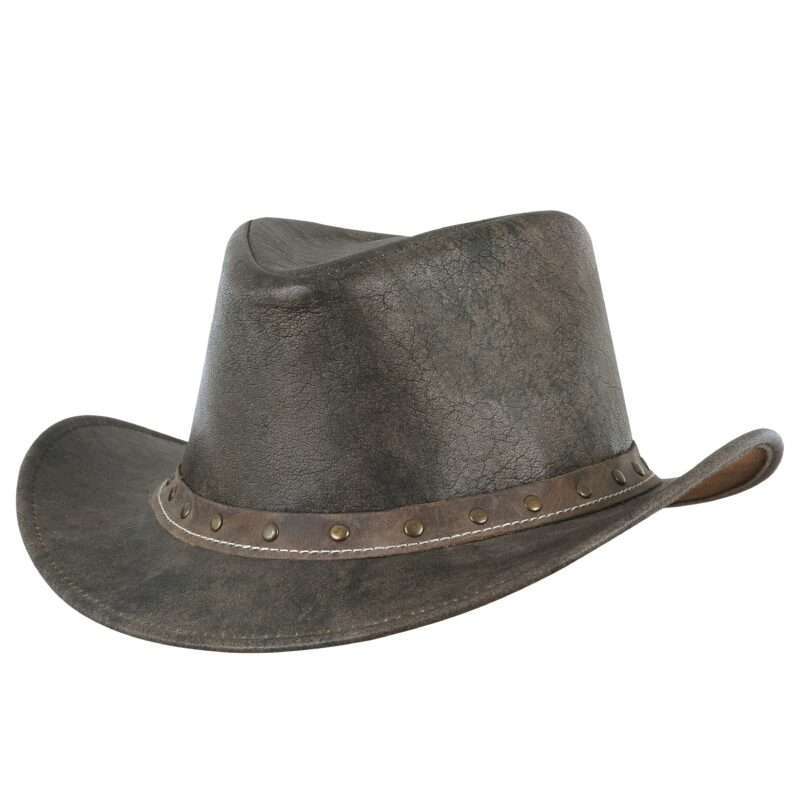
Genuine Brown Distressed Leather Cowboy Hat
The evolution of cowboy hats is a testament to the adaptability and enduring appeal of Western headwear. From their humble origins as sun-protective gear to the iconic symbol of the American cowboy, these hats have transcended time and continue to be cherished not only for their functionality but also for their role in shaping Western culture.
The Role of Hats in Cowboy Culture
Cowboy culture and identity are intrinsically linked to the iconic cowboy hat. This connection runs deep, shaping the way individuals perceive themselves and are perceived by others within the cowboy community and beyond.
- The Cowboy Way of Life: For many, wearing a leather cowboy hat is a declaration of their commitment to the cowboy way of life – a life characterized by independence, hard work, and a connection to the land. The hat becomes a tangible representation of this ethos.
- A Sense of Belonging: Cowboy hats create a sense of belonging and camaraderie among those who share the lifestyle. When cowboys gather at rodeos, ranches, or Western events, the sea of cowboy hats serves as a unifying symbol, transcending differences and fostering a strong sense of community.
- Recognition and Respect: In the broader culture, the cowboy hat carries an aura of respect and recognition. It signifies the cowboy’s role as a guardian of the land, an expert horseman, and a rugged individualist. As such, it often commands admiration and reverence.
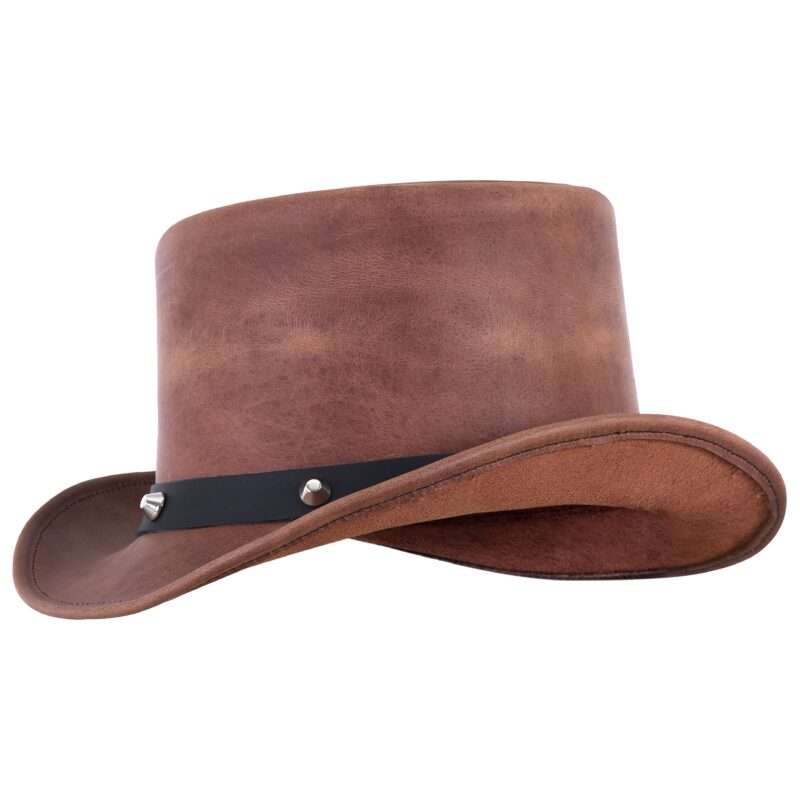
Distressed Genuine Brown Leather Top Hat
a. The Hat Tipping Tradition
The tradition of tipping one’s hat is deeply ingrained in cowboy culture and serves as a form of non-verbal communication and respect. This section explores the significance of the hat-tipping tradition among cowboys.
- A Gesture of Respect: Tipping one’s hat was a gesture of respect and acknowledgement. Cowboys would often tip their hats when greeting someone, passing by, or as a sign of appreciation. It was a way of showing politeness and recognizing the presence of others.
- Social Hierarchy: The angle at which a cowboy tipped their hat could convey subtle messages about their social status or the level of respect they wished to convey. A slight tip indicated a sign of acknowledgment, while a deeper tip could signify greater respect or deference.
- Expression of Gratitude: When receiving assistance or a kind gesture, cowboys would often tip their hats to express gratitude. It was a way of saying “thank you” without words, highlighting the importance of manners and courtesy in cowboy culture.
b. Hat Etiquette in the Wild West
Hat etiquette was a vital aspect of cowboy culture, and cowboys followed a set of unwritten rules when it came to their hats. Understanding and adhering to these rules was a sign of being a true cowboy.
- Never Touch Another Cowboy’s Hat: It was considered disrespectful to touch another cowboy’s hat without permission. The hat was a personal item and an extension of one’s identity, and interfering with it was a breach of etiquette.
- Removing the Hat Indoors: Cowboys adhered to the tradition of removing their hats when entering someone’s home, a church, or any indoor establishment. This gesture showed respect for the space and its occupants.
- Securing the Hat: Cowboys often secured their hats with stampede strings or hatbands to prevent them from blowing away in the wind. Properly securing the hat was a practical and respectful measure.
c. Superstitions and Legends Surrounding Cowboy Hats
Cowboy culture is steeped in superstitions and legends, and hats played a significant role in these beliefs and stories.
- The Upside-Down Hat: It was believed that placing a hat upside-down on a bed was bad luck. This superstition likely originated from the idea that an upside-down hat resembled a coffin, symbolizing death.
- Protective Powers: Some cowboys believed that their hats had protective powers. They thought that wearing a particular hat on a dangerous or challenging ride could bring good luck or ward off harm.
- The Hat and Identity: Cowboy hats were often viewed as extensions of a cowboy’s identity. In some legends, it was said that losing one’s hat in a confrontation or competition could result in a loss of honor or identity.
Whether worn on the ranch, at a rodeo, or as a fashion statement, the leather cowboy hat remains a powerful emblem of personal identity and a testament to the resilience and individualism of the cowboy way of life.
Beyond their practical utility, cowboy hats came to symbolize much more. They became emblematic of the cowboy way of life – one of independence, adventure, and resilience. The hat’s design was also functional, with the creased crown allowing cowboys to easily remove their hat when greeting someone, while the brim could be pulled down to shield their eyes from dust and windstorms.
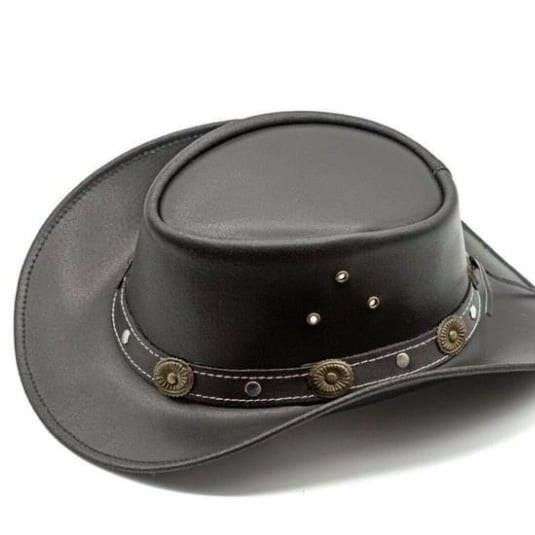
Waterproof Black Leather Aussie Cowboy Hat
The Practicality of Leather Hats
a. Leather as a Durable Material
When we delve into the practicality of leather hats, one cannot ignore the inherent qualities of leather as a material. Leather has long been celebrated for its durability and longevity, making it an excellent choice for crafting hats designed to withstand the rugged demands of life in the American West.
- Durability: Leather is known for its remarkable resilience. It can endure exposure to the elements, withstand wear and tear, and maintain its shape over time. This durability is especially crucial for cowboys who relied on their hats to protect them during long hours of work in harsh conditions.
- Longevity: Leather hats, when well-maintained, can last for years, if not decades. Unlike some other materials that may deteriorate quickly, leather retains its quality and appearance with proper care. This longevity made leather hats a cost-effective choice for cowboys.
- Sturdiness: The sturdiness of leather hats allowed them to maintain their shape and structure, even in challenging situations. Whether it was keeping rain off their faces or providing shade from the scorching sun, leather hats proved to be reliable companions for cowboys.
b. Protection from the Elements
One of the primary functions of cowboy leather hats, regardless of their material, was to provide protection from the elements. Leather hats excelled in this regard, offering several advantages that made them an ideal choice for cowboys.
- Sun Protection: The wide brim of leather cowboy hats effectively shielded wearers from the intense sun of the American West. This protection was not only essential for comfort but also for preventing sunburn and heatstroke during long days on the range.
- Rain and Snow: Leather is naturally water-resistant to some degree. While it may not have been completely waterproof, leather hats could withstand light rain and snow, helping to keep cowboys dry in unpredictable weather conditions.
- Insulation: Leather hats offered insulation during cold winter nights. They helped retain body heat, keeping cowboys warm when temperatures dropped. This versatility made leather hats suitable for year-round use.
c. Functionality vs. Fashion
Cowboy hats, including leather ones, were designed with a balance between functionality and fashion. While they needed to serve practical purposes, they also played a significant role in defining the cowboy’s image.
- Practicality: Leather hats were first and foremost practical. Their wide brims provided shade, their tall crowns allowed for ventilation, and their durability ensured they could withstand the rigors of ranch life.
- Symbolism: Cowboy hats, including leather ones, became powerful symbols of the American West. They represented independence, self-reliance, and the adventurous spirit of the frontier. As such, the choice of a leather hat often reflected a cowboy’s commitment to this way of life.
- Personal Expression: Cowboy hats allowed for personal expression. Different styles, such as the creased crown or pinch front, offered wearers the opportunity to showcase their unique personalities while adhering to practical needs.
The practicality of leather hats for cowboys cannot be overstated. They were crafted from a material known for its durability, providing long-lasting protection from the elements. While functionality was paramount, these hats also served as symbols of the cowboy way of life and allowed for personal expression.
It’s important to note that cowboy hats were not just a fashion statement; they were an integral part of a cowboy’s identity. This brings us to the question: Did cowboys wear leather hats?
Were Leather Hats Common Among Cowboys?
To determine the prevalence of leather hats among cowboys, it’s essential to examine the materials commonly used for cowboy hats and understand the factors that influenced these choices.
- Leather Hats: Leather hats were indeed a common choice among cowboys. Leather, known for its durability and ruggedness, made it an attractive option for those working in the demanding conditions of the American West. These hats were well-suited for providing protection from the elements and maintaining their shape under harsh circumstances.
- Straw Hats: Straw hats were another prevalent choice, especially in regions with hot, arid climates. Their lightweight and breathable nature made them ideal for keeping cowboys cool during scorching summers. Straw hats were common in the southern and southwestern United States.
- Felt Hats: Felt hats, made from compressed animal fibers, were popular among cowboys due to their insulation properties. These hats offered warmth during cold nights on the range and were favored in regions with more temperate or colder weather.
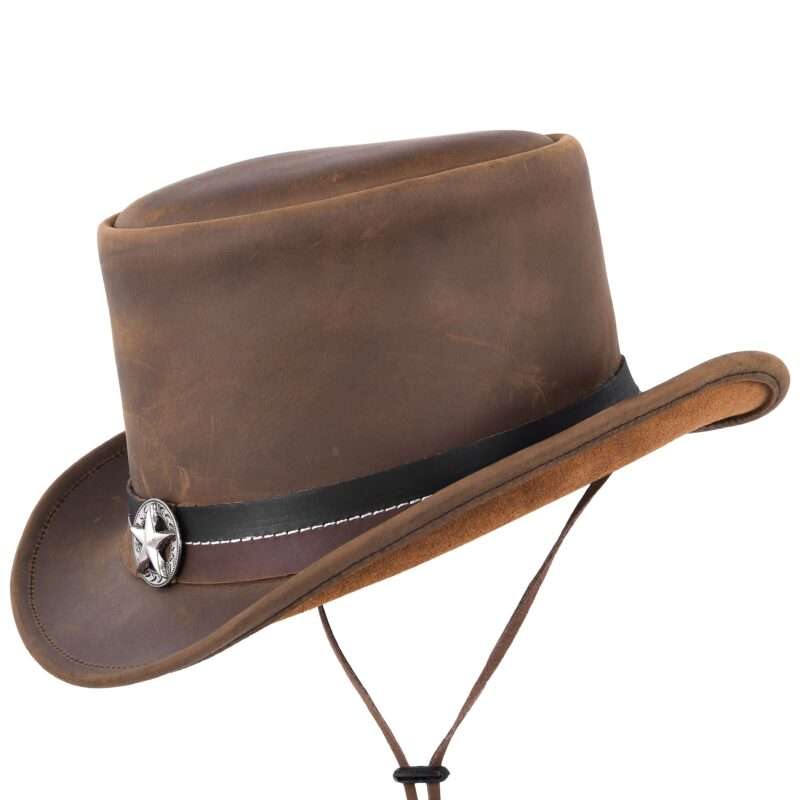
Vintage Leather Top Hat with Star Hatband | Leather Top Hats
a. Regional Variations in Cowboy Hat Choices
Cowboy hat preferences often varied by region, reflecting the distinct climates and needs of different areas within the American West.
- Texas: In the heart of cowboy country, Texas, leather hats were a common sight. The wide-brimmed, high-crowned cowboy hat, often made from leather, became synonymous with Texan cowboy culture.
- The Southwest: In states like Arizona and New Mexico, where the sun could be relentless, straw hats were widely adopted. Their breathability made them practical for cowboys working in intense heat.
- The Rockies and Plains: In the colder regions of the Rocky Mountains and the Great Plains, felt hats were prevalent. These hats provided the necessary insulation for cowboys facing lower temperatures and occasional snowfall.
- California: California, with its diverse climate, saw a mix of hat choices. Leather, straw, and felt hats were all used, depending on the specific needs of the ranchers and cowhands.
b. Evidence from Historical Photographs and Accounts
Historical photographs and firsthand accounts provide valuable evidence of the types of hats worn by cowboys.
- Photographs: Many historical photographs from the 19th and early 20th centuries depict cowboys wearing a variety of hats, including leather, straw, and felt. This visual evidence confirms the diversity in hat choices among cowboys.
- Accounts and Diaries: The writings and diaries of cowboys and ranchers from that era also reveal the prevalence of different hat materials. These accounts often mention the practicality of their chosen hats for the specific conditions they faced.
- Archaeological Finds: In some cases, archaeological finds have unearthed well-preserved cowboy hats, offering physical proof of the materials and styles favored by cowboys of the past.
Leather hats were indeed common among cowboys, but they were not the exclusive choice. The type of hat worn by cowboys was influenced by a combination of factors, including regional climate, personal preference, and practicality. The American West was a diverse and expansive region, and as such, the hat choices of cowboys varied widely to meet their unique needs.
Historical evidence, including photographs, accounts, and archaeological finds, supports the idea that cowboys embraced a range of hat materials, making each hat a reflection of individual style and regional conditions.
The Resurgence of Leather Cowboy Hats
a. Modern Fashion Trends Reviving Classic Styles
In recent years, we’ve witnessed a notable resurgence in the popularity of leather cowboy hats, thanks in large part to modern fashion trends that have embraced classic Western styles.
- Nostalgia and Vintage Appeal: Fashion often cycles through trends, and the timeless charm of leather cowboy hats has captured the imagination of designers and fashion enthusiasts alike. The nostalgia associated with Western wear and the rugged allure of leather have contributed to their revival.
- Celebrity Endorsement: High-profile celebrities and influencers have been spotted donning leather cowboy hats making them a sought-after fashion statement. These endorsements have further propelled the resurgence of this classic style.
- Western-Themed Fashion Shows: Fashion designers have increasingly incorporated Western themes into their collections, featuring leather cowboy hats as key accessories. This exposure on runways has introduced the style to a broader audience.
b. Contemporary Artisans Crafting Leather Hats
The revival of leather cowboy hats owes much to the craftsmanship of modern artisans who continue to create high-quality, handcrafted leather hats.
- Artisanal Quality: Contemporary artisans take pride in producing leather hats with exceptional craftsmanship and attention to detail. These hats are often made using traditional techniques, ensuring durability and authenticity.
- Customization: Many artisans offer customization options, allowing customers to choose the type of leather, hatband, and other embellishments. This personalized touch appeals to individuals seeking a unique and tailored accessory.
- Sustainability: As the fashion industry places a growing emphasis on sustainability, leather artisans often use ethically sourced materials and eco-friendly practices, making leather cowboy hats a more environmentally conscious choice.
c. Leather Hats in Rodeo and Western Competitions
The resurgence of leather cowboy hats extends beyond fashion trends and into the world of rodeo and Western competitions.
- Competitive Fashion: Rodeo and Western events have always celebrated cowboy culture, and fashion plays a significant role in these competitions. Leather cowboy hats are a staple among participants, embodying the spirit of the rodeo.
- Performance and Durability: In rodeo events such as bull riding and bronc riding, participants rely on durable and secure headwear. Leather hats, with their sturdy construction, offer the necessary protection and endurance required in these high-stakes competitions.
- Iconic Symbolism: Leather cowboy hats remain an iconic symbol of the cowboy way of life in rodeo and Western culture. They evoke a sense of tradition and evoke the rugged, adventurous spirit of the American West.
The resurgence of leather cowboy hats is a testament to their enduring appeal and adaptability to contemporary fashion and cultural trends. Whether embraced for their vintage charm, handcrafted quality, or association with Western traditions, leather hats continue to hold a special place in the hearts and wardrobes of those who appreciate their timeless style and functionality.
As fashion evolves and the appreciation for heritage styles persists, leather cowboy hats are likely to remain a symbol of individualism, nostalgia, and the enduring spirit of the cowboy way of life.
Conclusion
In conclusion, the leather cowboy hat, with its rich history and cultural significance, has experienced a notable resurgence in recent times. This revival can be attributed to a combination of factors, including modern fashion trends that embrace classic Western styles, the craftsmanship of contemporary artisans, and the continued prominence of leather hats in rodeo and Western competitions.
The enduring appeal of leather cowboy hats lies in their ability to bridge the gap between tradition and contemporary fashion. Nostalgia for the rugged charm of the American West, coupled with endorsements from celebrities and fashion designers, has propelled these hats back into the mainstream.
Furthermore, the dedication of modern artisans to craft high-quality, customizable, and sustainable leather hats has reinforced their popularity among those seeking unique and authentic accessories.
In rodeo and Western events, leather cowboy hats remain iconic symbols, embodying the essence of cowboy culture, resilience, and adventure.
As we witness the resurgence of leather cowboy hats, it becomes evident that these hats are more than mere fashion statements; they are timeless symbols of individualism, heritage, and the enduring spirit of the American West. Whether worn for style or tradition, these hats continue to hold a special place in the hearts and wardrobes of those who appreciate their timeless appeal.
Frequently Asked Questions
A. What Were the Alternatives to Leather Hats?
Cowboys had several alternatives to leather hats, depending on their specific needs and preferences. Some of the primary alternatives included:
- Straw Hats: Ideal for hot and sunny conditions, straw hats were lightweight and provided ventilation, making them a practical choice during scorching summers.
- Felt Hats: Felt hats, made from compressed animal fibers, offered insulation and warmth, making them suitable for colder weather and chilly nights on the range.
- Cloth Hats: While less common than leather, some cowboys opted for cloth hats, especially for lighter work or when fashion took precedence over functionality.
B. Did Cowboys Use Hats for Functional or Stylistic Reasons?
Cowboys primarily used hats for functional reasons, as these hats provided essential protection from the elements. The wide brims shielded them from the sun and rain, the tall crowns allowed for ventilation, and the materials offered insulation or breathability as needed.
C. What Is the Most Iconic Cowboy Hat Style?
The most iconic cowboy hat style is arguably the “Cattleman” crown with a four-dent crease. This style is widely recognized and associated with the classic cowboy look. However, the “Gus” crown, “Tom Mix” crown, and “Pinch Front” crown are also notable and have their own distinct appeal.
D. Were Leather Hats Worn by Outlaws and Lawmen Alike?
Yes, both outlaws and lawmen in the American West have worn leather hats. The choice of hat material often depended on individual preferences, regional traditions, and practical needs.
